In this article, I will explain how you can live off the land while hiking and camping. Let’s start by pointing out that this won’t be a guide on how to survive in the wilderness without any food. Instead, I will talk about how you can supplement your diet by stuff that you can collect/catch on the trail.
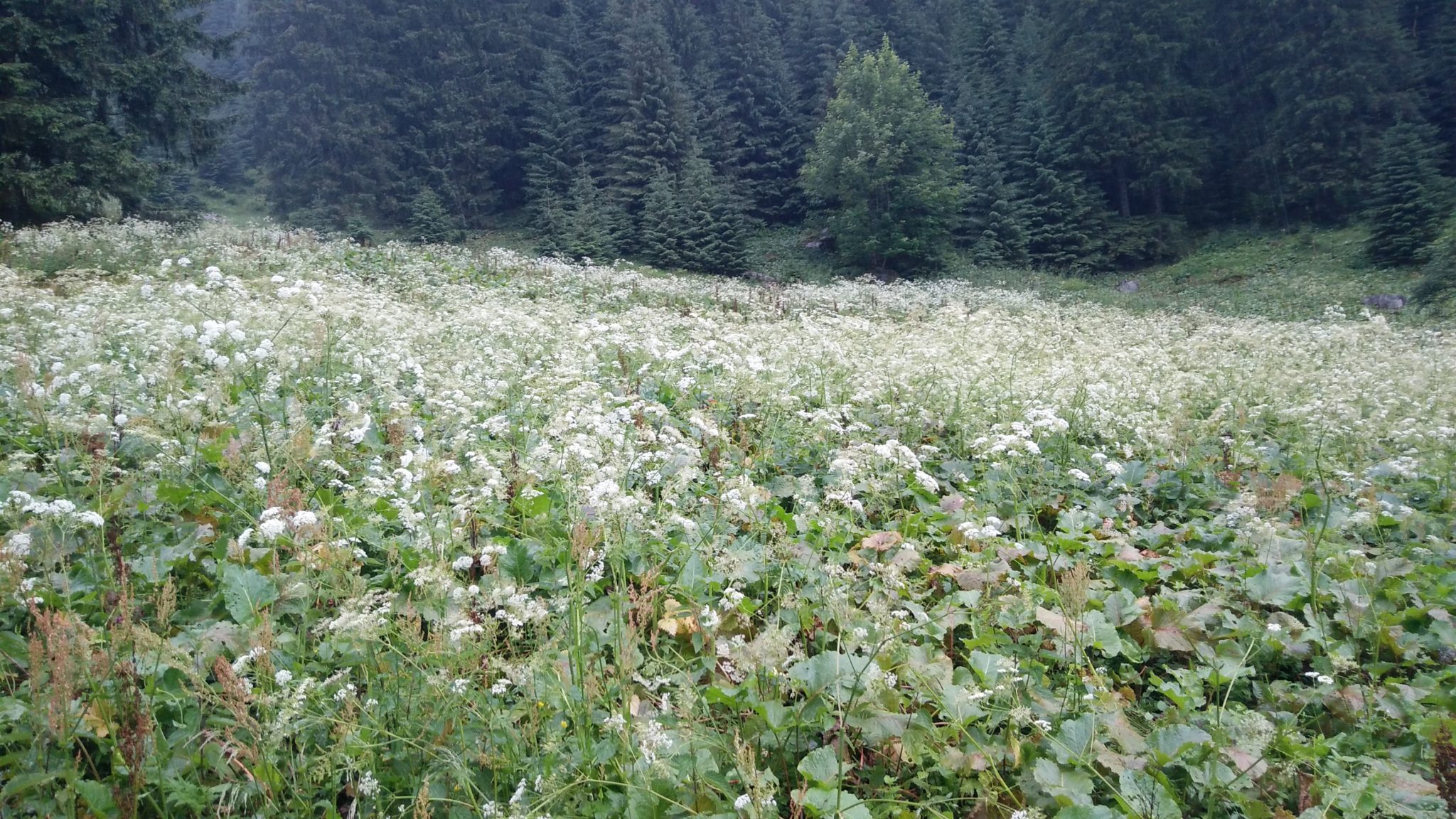
A lot of hikers walk past potential food sources without realizing this could enrich their next dinner. In this article, I want to talk about common food sources that you can collect and catch on the trail. The location of your hiking/camping trip has a big impact on what food sources you will encounter. I will try to stay as broad as possible, so that everybody benefits from reading this article. Note that it is a good idea to also do some area specific research.
Find a water source
Your number one priority should always be to find a water source. Streams, lakes or ponds are all viable water sources. Not only does this guarantee that there will always be enough drinking water, this could also be a place where you find additional food.
Always filter or boil water (for about ten minutes) before drinking it. Especially when it is collected from a lake or a pond. If you are high in the mountains, the water from the streams are probably safe to drink without boiling. Still, I recommend filtering or boiling this anyway, just to be safe. PS: if you don’t have a water filter yet, I highly suggest to pick one up, they are not that expensive and they can make a huge difference. You can buy one on amazon.
When you find yourself in an area where you cannot find either a stream a lake or a pond. Try to find a rocky area, you might be able to find some collected rainwater here. Additionally you can try to collect rainwater yourself.
In a very dry desert area you could try to dig a hole in order to find water. This should obviously be a last resort.
Catch fish and other water life


Now that we have our water problem out of the way we can start thinking about food. If you are lucky you found a water source that contains fish or other water life.
It’s always a good idea to bring some fishing line and a hook with you when you go hiking (leave the rod at home). If you have fishing line and a hook, just find some bait and start fishing.
If you did not bring any fishing gear, you still have a chance to catch a fish. I will not go in-depth on these techniques in this article. If you are interested in learning more about catching fish without gear, check out any of the following articles.
- https://www.outdoorlife.com/blogs/survivalist/10-techniques-catching-fish-survival-situation
- https://www.wikihow.com/Fish-Without-Fishing-Gear
Fish is not the only source of food that a water source can provide. You can start looking for small shrimps, crawfish, clams, snails, crabs, frogs, etc… All of these can be caught simply by hand.
If you are close to the sea or the ocean, you can also try to find your food there. Especially snails and crabs should be fairly easy to catch on a beach. Keep in mind, however, that drinkable water is the number one priority. Only go to the sea/ocean if drinking water is not an issue anymore.
Make sure you know how to prepare and cook these animals before you think about killing them.
Edible plants
Edible plants are very easy to find and collect. These can really enrich your meals with minimal effort. This is the most important part of the entire article and will have the most impact in your future hikes.
I talked about how it is not easy to always get your daily dose of vitamins while hiking in how to eat healthy on the trail. Well, collecting and eating edible plants definitely helps with that. Some of these plants can be found in abundance and are perfect to put in a soup.
To make sure that all your meals will be tasty, it is advisable to bring your favourite herbs, spices, salt and pepper. Not all these plants have a very nice taste without some seasoning. A little bit of additional flavour can make a huge difference when it comes to the taste of your meals. Better tasting food might result in better morale.
Note that there is a danger in eating edible plants. There is a simple rule, if you are not 100% about the identification of a certain plant, don’t eat it. The risk is simply too high (remember Chris McCandless).
I decided not to cover fungi in this article because the risk of eating wild fungi is very high. You can only consider this if you absolutely know what you are doing. If you like mushrooms, just bring some dried mushrooms from home.
I will go over some of the most common nutritious edible plants. You will probably now most of these because they are very common. The next time you see them consider adding these to your next meal.
Stinging nettles
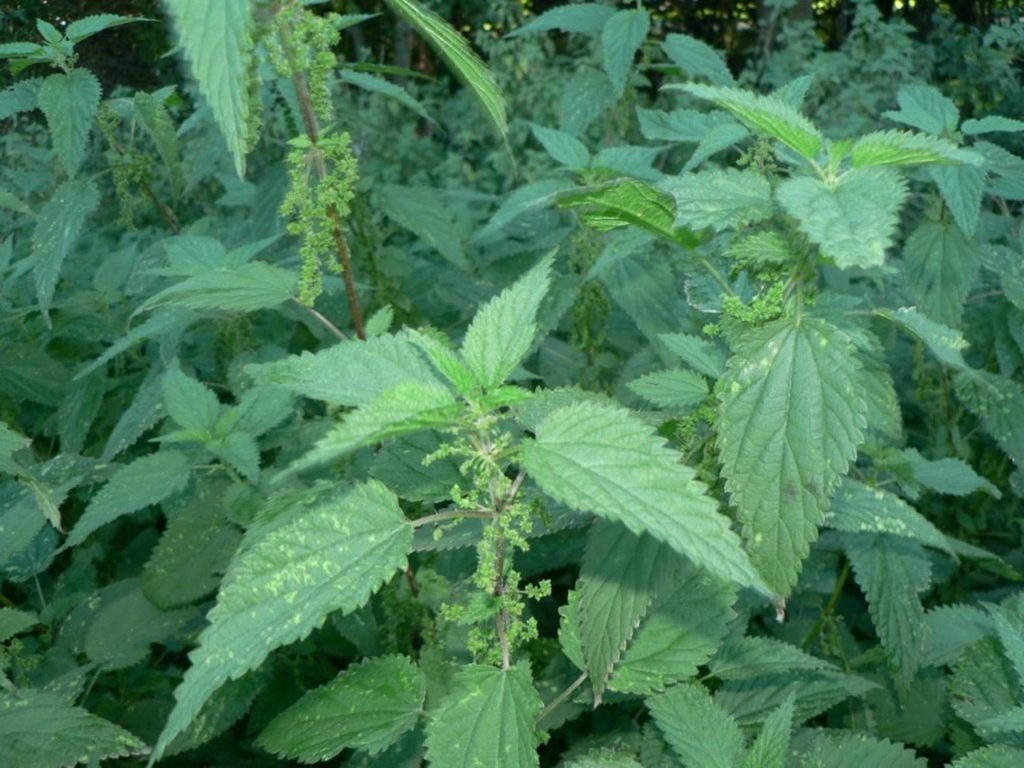

Stinging nettles can be found all over the world and you can find a lot of it as well. Everything is edible, simply cook it before eating. I recommend using some garlic seasoning, pepper, salt and make a nutritious, flavorful soup.
The stinging nettle contains 42 calories, 7.5g carbs, 0.1g fat and 2.7g protein per 100 grams. Not too bad for a weed that can be found everywhere. Additionally the stinging nettle is very easy to identify.
If you want to find out more about the nutrition value of stinging nettles you can read this article https://www.livestrong.com/article/350785-stinging-nettles-nutrition/.
Wild chicory
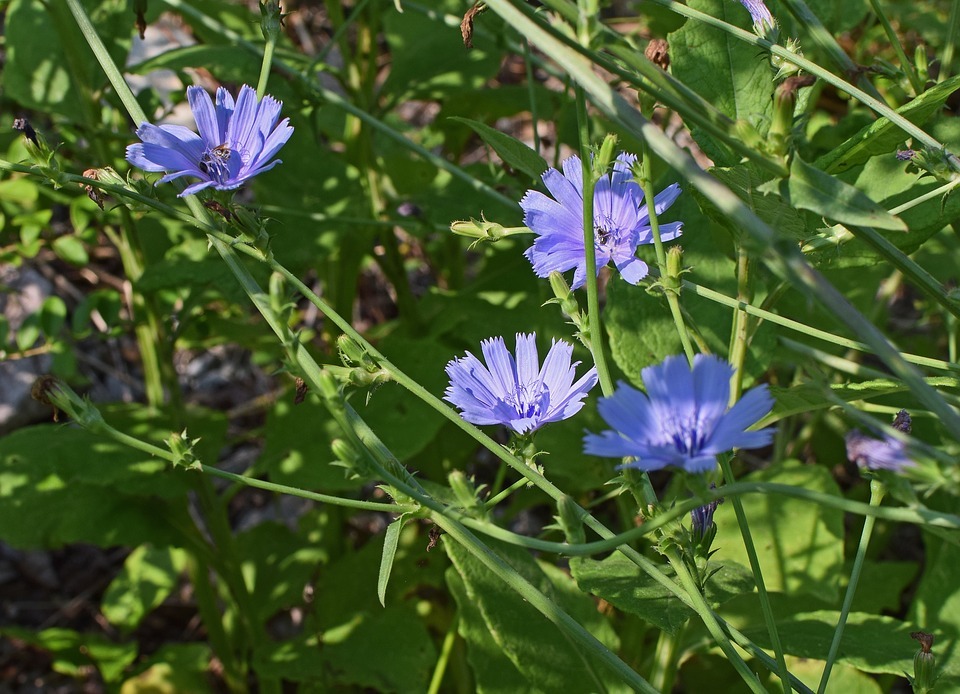

Chicory is another plant that can be found all over the world. Once again, the entire plant is edible and it’s easy to identify this plant.
Wild chicory contains 22 calories, 4.7g carbs, 0.3g fat and 1.7g protein per 100 grams.
The leaves are known to have a bitter taste and the roots are famous because you can make a caffeine free coffee out of them. You can read this article if you want to know more about chicory coffee https://honest-food.net/because-i-can-vol-2-chicory-coffee/.
Chicory also has multiple uses in medicinal herbs. If you want to read more about that you can read this article https://www.herbal-supplement-resource.com/chicory-herb.html.
Cattails
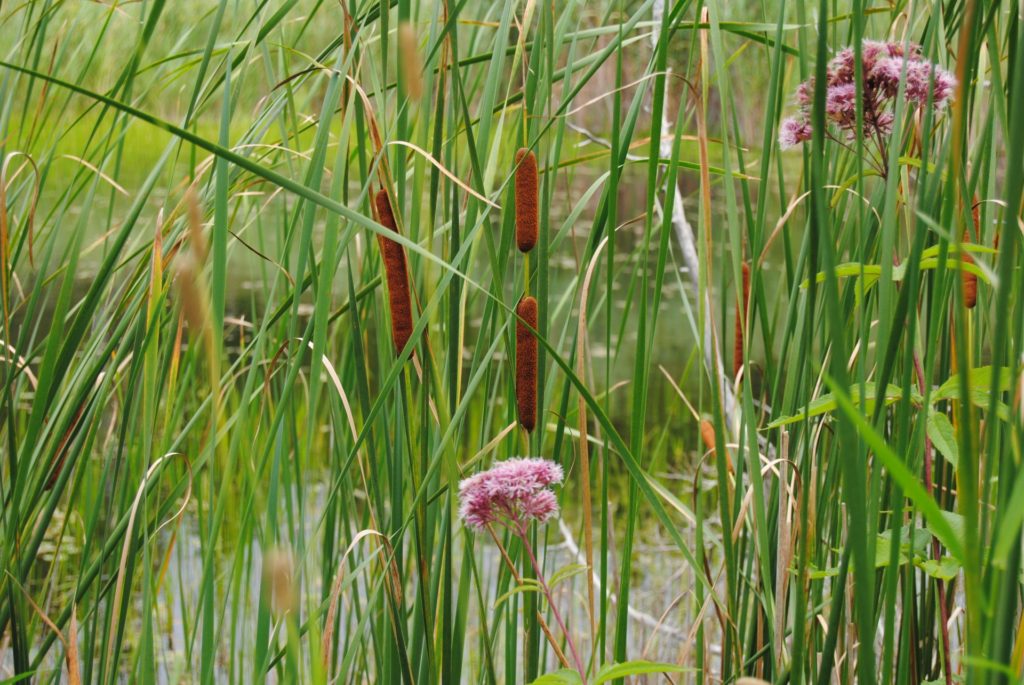

Another very common and easy to identify plant is the cattail. Just like the chicory and the stinging nettle every part of this plant is edible. However, the most nutritious parts are the rhizomes (roots) underground.
Cattails contain 26 calories, 5.2g carbs and 1.2g protein per 100 grams.
Certain sources state that cattail should be consumed with caution and that certain parts are eating only in certain times of the growth process.
Find out more about the cattail in the following articles
Clovers
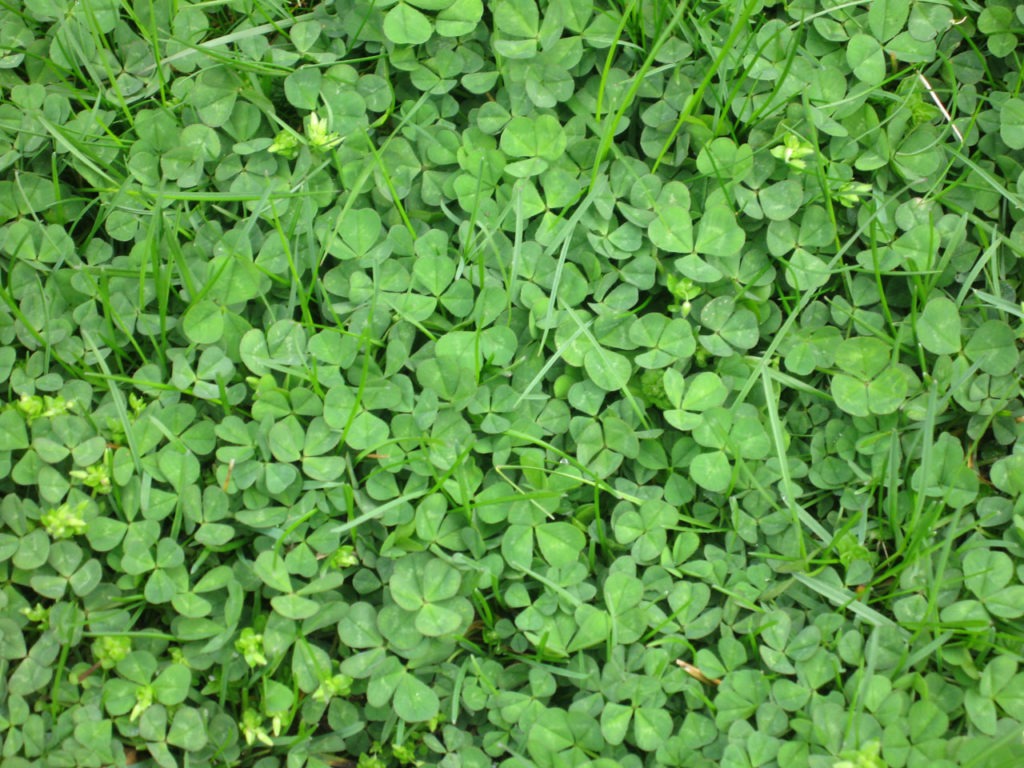

You might not have expected clovers on this list, yet they are completely edible and very easy to find/identify.
Clovers contain 24 calories, 3g carbs, 0.5g fat and 3g protein per 100 grams.
You could mix some clovers in your nettle soup. This way you have a very nutritious soup with minimal efforts.
It is perfectly fine to eat clovers raw as well.
Dandelion


The dandelion has to be on this list because they are common, easy to identify and completely edible.
Dandelions contain 45 calories, 9g carbs, 1g fat and 3g protein per 100 grams. When it comes to nutrition value, the dandelion is the winner of this list. Additionally this plant contains a lot of vitamins as well.
You can eat them raw or boil them, whatever you prefer.
pine needles


Technically pine needles don’t belong on this list, but I wanted to cover them anyway. You should not eat pine needles, but you can make an excellent tea out of it.
The main benefit of drinking this tea is that it contains vitamin A and vitamin B.
Pine needles are not toxic, so you could eat them, but they don’t contain any calories. Since they also don’t taste that good, it’s a bit pointless to eat them.
Pines can be found everywhere so it should not be too hard to make yourself a nice cup of tea. However, be careful not to mix pine needles with yew needles. Unlike the pine needles, yew needles are toxic and should not be consumed.
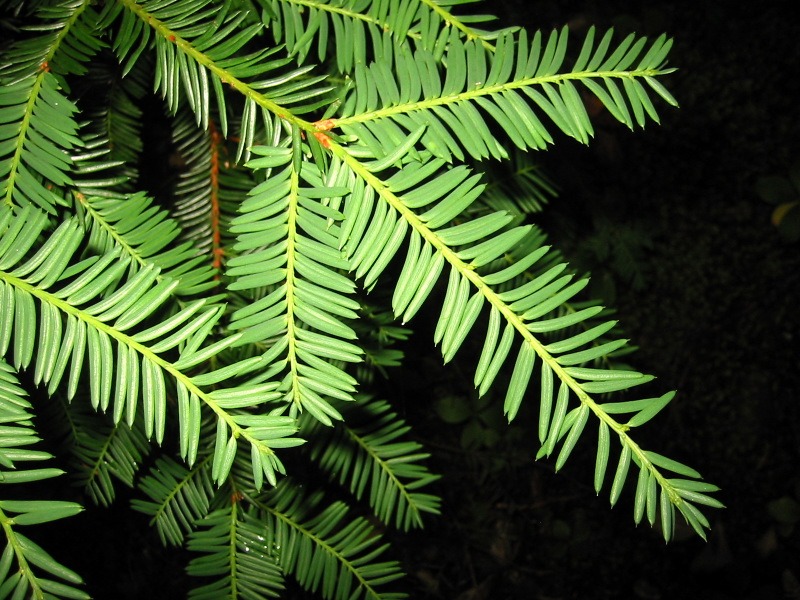

Universal edibility test
As I said before you should only consume wild plants if you are sure that you can identify them. There is a big risk involved if you are not 100% sure.
So what do you do in a survival situation when you are not 100% sure. There is a test that can you can do to limit the risks. This test is called the universal edibility test.
Be aware that it will take eight hours for this test to complete, but limiting the risk of getting ill is worth the wait.
The exact explanation of the steps in this test is not inside the scope of this article. You can find more information about the test in this article https://www.offgridweb.com/survival/the-universal-edibility-test/.
Insects
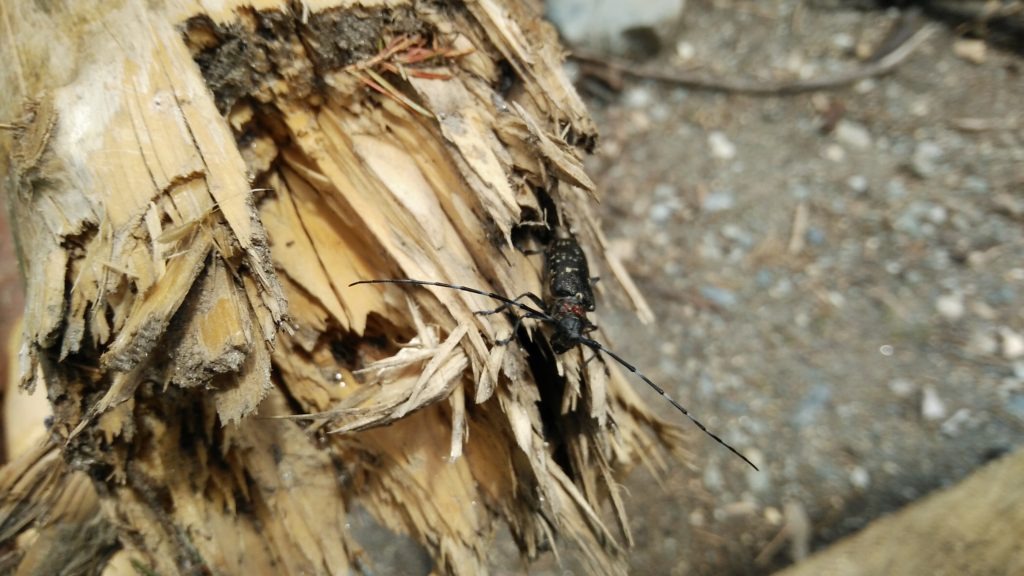

Certain insects are considered very tasty (in certain parts of the world). However, I am sure most of you are not too excited about this part. That being said, insects are an excellent source of protein and it is fairly easy to find and catch them.
The easiest insects to find and eat are probably ants, worms and grubs. You can simply catch them and eat them on the spot. Sounds a little bit disgusting, but it is still a very good source of protein.
Another group of insects that are completely edible are grasshoppers, crickets and beetles. Be aware however, these must be cooked before you consume them.
I recommend staying away from flies and mosquitoes. They can provide some protein, but t is not easy to catch a big amount of these. Additionally they can both carry diseases.
Catch small animals with a trap
Not interested in eating insects for dinner? I get it, nothing beats a good piece of meat. Assuming you will not have time and gear to go out hunting, your best bet will be to set multiple traps.
Once again, going over all possible traps is not inside the scope of this article. However, if you want to know more about making traps, this article should be very helpful https://www.outdoorlife.com/photos/gallery/survival/2013/03/how-build-trap-15-best-survival-traps#page-9.
One other thing you can do is look for a bird nest. You have a chance of finding eggs. This will not bring real meat to the table, but it is an easy way to get some quality protein into your body.
Whenever you kill an animal make sure to make it count. Be very careful not to spoil the meat while you gut the animal. Also, try to make your trap efficient so that the animal does not have to suffer.
Conclusion
Living off the land while hiking and camping is possible, but not easy. However, enriching your diet with stuff that you find on the trail is very easy and very beneficial. Especially when it comes to edible plants. These are often overlooked.
I do not recommend leaving all your food at home and live 100% off the land unless you know exactly what you are doing. Especially if you plan on hiking most of the day. There will simply not be enough time to gather/catch food.
Instead grab every opportunity you get while you are hiking to enrich your diet. Additionally, this information can be very useful when you end up in a survival situation.
In my other article I talked about eating healthy on the trail. In that article I explained that the easiest way to eat healthy while hiking is to use a food dehydrator. This way you can dehydrate all your meals before you leave. I also wrote a review about my favorite food dehydrator Excalibur 3926TB food dehydrator review.